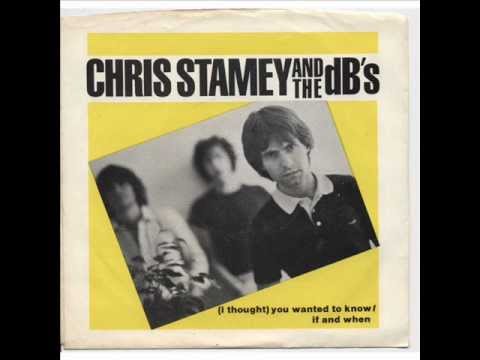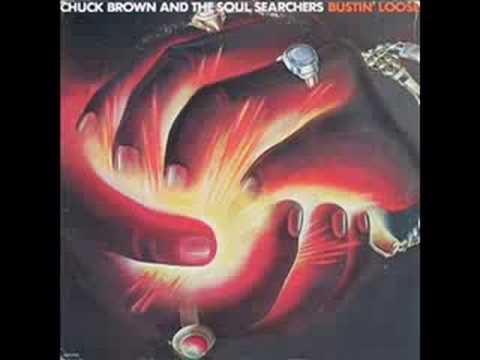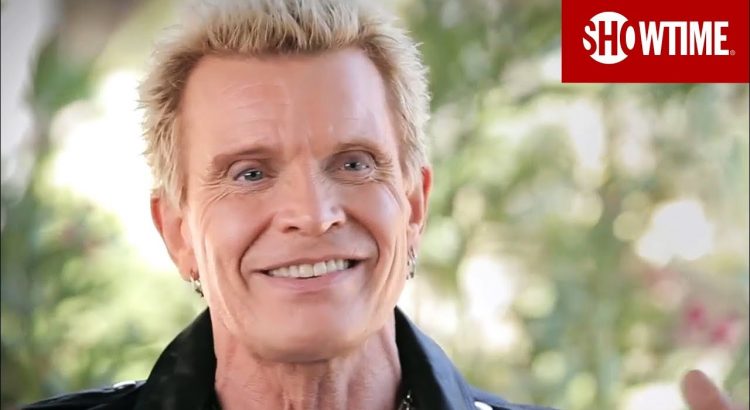
It goes without saying Chris Stamey is one of my favorite songwriters/musicians. Having fallen under the spell of The dB’s from 1981 onward, the band he formed in New York in 1978, I’ve followed Mr. Stamey’s career and have enjoyed every album he’s released, both with The dB’s and solo. He’s also the driving force behind the (incredible) “Big Star Third/& Friends” live performances that have appeared sporadically over the last 8 or so years. Now Mr. Stamey has written his autobiography and it’s not your typical story.
In many ways, the manner of Mr. Stamey’s book, A Spy In The House Of Loud: New York Songs & Stories (a clever play on a classic dB’s track that ISN’T a Chris Stamey song) is comparable to his songwriting style; it’s measured and thoughtful; it has imagery and flow with a mixture of intellect and very sophisticated yet never pretentious humor. It’s a book that’s warm, fun and deeper than what you may expect. It’s not one of those “I was born in…” stories that just tell a direct (and sometimes, flat) tale. This is a compendium of Mr. Stamey’s life in conjunction with songs and experiences – the how, when and where he wrote some of the more-beloved tracks in his formidable canon. While Chris Stamey (or The dB’s) are not (criminally) a household name, he’s had many experiences from the time he began playing in bands with his childhood friend, the equally-legendary Mitch Easter, as they grew up in North Carolina. His tales, musical travelogue and experiences go from his leaving home to moving to New York in 1978, where he immediately began working with one of his idols, Alex Chilton and being right in the epicenter of the New York punk movement. His friendship with Richard Lloyd of Television led to the debut release from “Chris Stamey & The dB’s” and the start of a remarkable band. While in those earliest days of living in New York, he also released (on his Car Records label) the only solo record from Big Star’s Chris Bell, “I Am The Cosmos”/”You And Your Sister”. Those first few years were enough of a wild ride in reading about it; Mr. Stamey’s descriptions allow a very clear picture in your mind.
As the various songs and stories unfold, you cannot help but gain a new (or in my case, greater) appreciation for his work. And if you’ve never heard his songs, you have sorely missed out on 40 years of quality pop construction. Never lightweight but never overbearing, the music of Chris Stamey is a marvel. As is this book. So it would stand you in good stead to pick this book up, read it and then seek out Mr. Stamey’s catalog. It’s very easy to embrace it all.
HIGHLY RECOMMENDED
A Spy In The House Of Loud: New York Songs & Stories is currently available
https://utpress.utexas.edu/books/stamey-a-spy-in-the-house-of-loud














